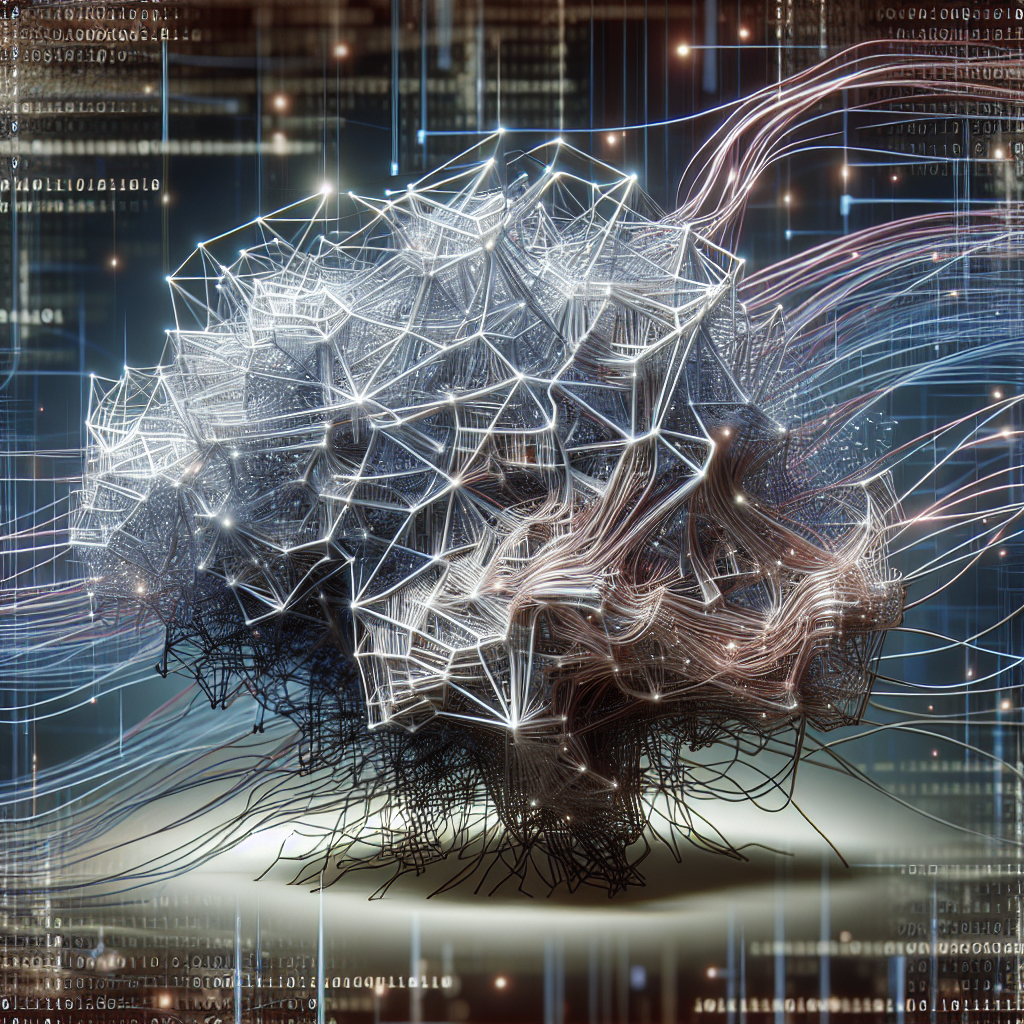In recent years, the use of artificial intelligence (AI) has become increasingly prevalent in various industries and sectors, from healthcare to finance to transportation. AI algorithms have the potential to revolutionize the way we work and live, enabling automation, predictive analytics, and personalized recommendations. However, one major challenge that has emerged with the deployment of AI algorithms is the issue of bias.
Bias in AI algorithms refers to the systematic and unfair preferences or prejudices that can be encoded into the algorithms, leading to discriminatory outcomes. This bias can arise from a variety of sources, including biased training data, biased design choices, or biased decision-making processes. The consequences of bias in AI algorithms can be severe, leading to discrimination, inequality, and harm to individuals and communities.
There are several key challenges associated with bias in AI deployment algorithms, which must be addressed in order to ensure that AI technologies are used responsibly and ethically. In this article, we will explore some of these challenges and discuss potential solutions to mitigate bias in AI deployment algorithms.
1. Biased Training Data:
One of the primary sources of bias in AI algorithms is biased training data. Training data is used to teach AI algorithms how to make predictions or decisions, and if this data is biased, the algorithm will learn and perpetuate that bias. For example, if a facial recognition algorithm is trained on a dataset that is predominantly made up of white faces, it may struggle to accurately identify faces of people of color.
To address this challenge, organizations must ensure that their training data is diverse, representative, and unbiased. This may involve collecting more diverse data, using data augmentation techniques to increase diversity, or implementing bias detection and mitigation strategies during the training process.
2. Biased Design Choices:
Another challenge in AI deployment algorithms is biased design choices. Design choices, such as feature selection, model architecture, or hyperparameter tuning, can inadvertently introduce bias into the algorithm. For example, if a predictive policing algorithm relies on historical crime data, it may perpetuate biases against communities of color that have been disproportionately targeted by law enforcement.
To mitigate bias in design choices, organizations should carefully consider the potential impact of their decisions on different populations and seek input from diverse stakeholders. Transparency and accountability are also crucial in ensuring that design choices are fair and equitable.
3. Biased Decision-Making Processes:
In addition to biased training data and design choices, biased decision-making processes can also contribute to bias in AI deployment algorithms. Decision-making processes, such as algorithmic decision-making or automated decision-making, can amplify existing biases and lead to discriminatory outcomes. For example, if a hiring algorithm is biased against women, it may systematically reject female candidates for certain roles.
To combat bias in decision-making processes, organizations should implement fairness and accountability mechanisms, such as bias audits, impact assessments, or human oversight. It is important to continuously monitor and evaluate the performance of AI algorithms to ensure that they are making fair and unbiased decisions.
FAQs:
Q: How can bias in AI algorithms be detected?
A: Bias in AI algorithms can be detected through various techniques, such as fairness metrics, bias audits, or impact assessments. These methods can help identify patterns of bias in the data, design, or decision-making processes of AI algorithms.
Q: What are some potential consequences of bias in AI deployment algorithms?
A: The consequences of bias in AI deployment algorithms can be severe, including discrimination, inequality, and harm to individuals and communities. Biased algorithms can perpetuate stereotypes, reinforce inequality, and exacerbate social injustices.
Q: What are some best practices for mitigating bias in AI deployment algorithms?
A: Some best practices for mitigating bias in AI deployment algorithms include ensuring diverse and representative training data, transparent and accountable design choices, and fair and unbiased decision-making processes. It is important to involve diverse stakeholders in the development and deployment of AI algorithms to ensure that they are ethical and responsible.
In conclusion, the challenges of bias in AI deployment algorithms are complex and multifaceted, requiring a holistic and proactive approach to address. Organizations must be vigilant in detecting and mitigating bias in their AI technologies to ensure that they are fair, transparent, and accountable. By prioritizing diversity, equity, and inclusion in the development and deployment of AI algorithms, we can harness the potential of AI to drive positive social change and create a more equitable future for all.

